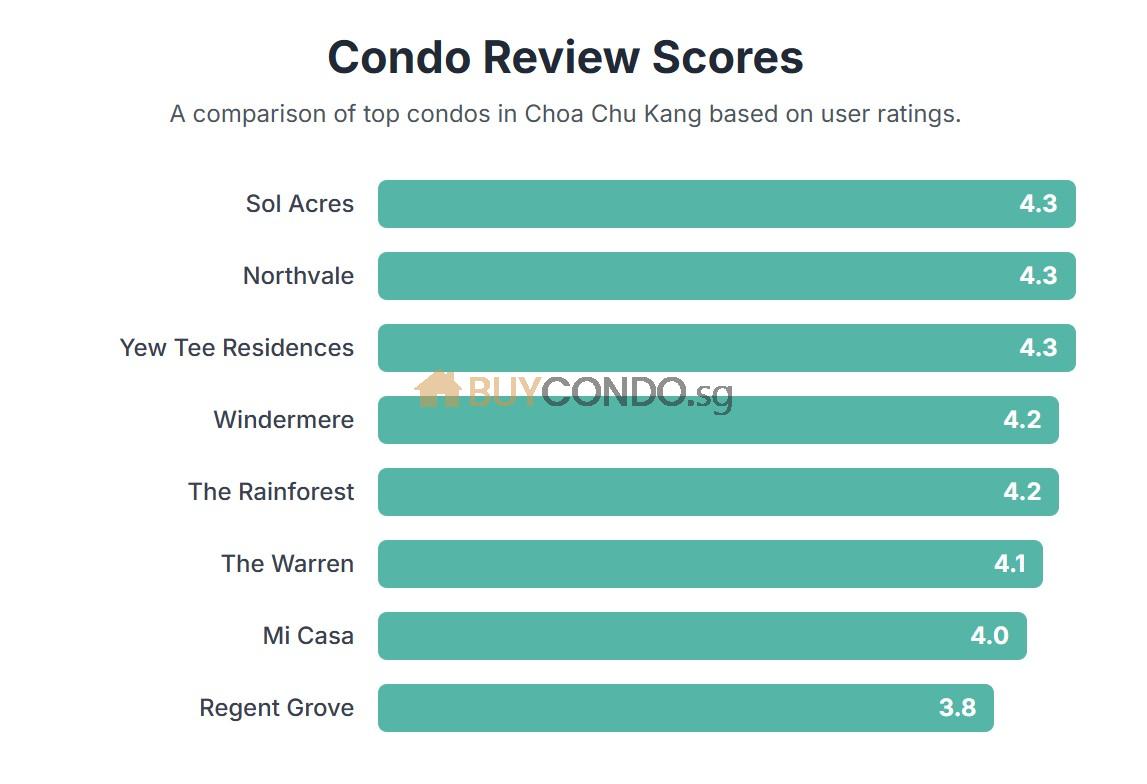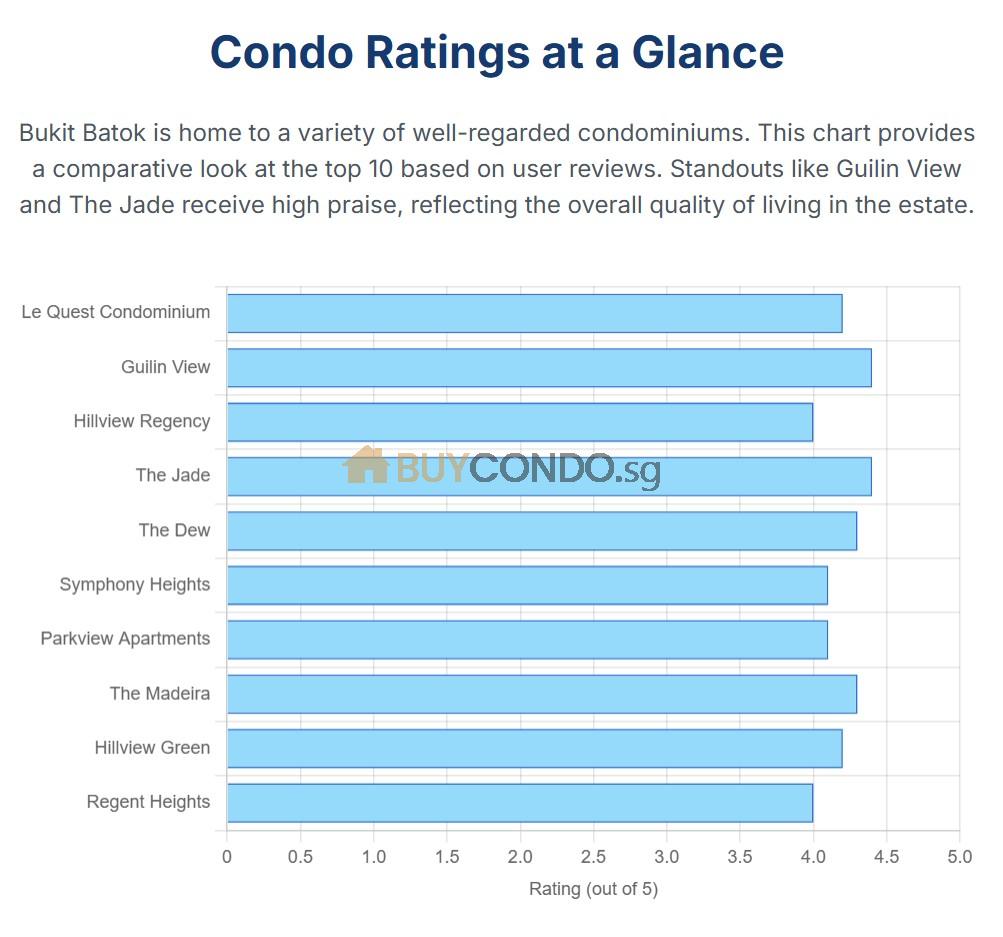Common Flooring Problems in Singapore: Renovations
This article talks about flooring renovation in Singapore, addressing common issues, solutions, and tips.
TLDR:
Common problems include: 1. Moisture damage: Warping, cupping, or mold growth in wood floors; delamination in laminate. 2. Scratches and dents: Especially in softer woods or low-quality laminates. 3. Fading: Sun exposure can cause discoloration, particularly in certain woods and vinyl. 4. Gaps: Temperature and humidity changes can cause wood planks to shrink or expand. 5. Loose tiles: Poor installation or subfloor issues can lead to cracking or lifting. 6. Squeaky floors: Often due to loose subflooring or joists. 7. Uneven surfaces: Can result from poor installation or subfloor problems. 8. Stains: Especially problematic on unsealed natural stone or light-colored carpets. 9. Wear patterns: High-traffic areas may show premature aging. 10. Peeling vinyl: Often caused by moisture or adhesive failure.
1. Introduction : Common Flooring Problems in Singapore: Renovations
Renovating your home’s flooring is a significant undertaking that can dramatically transform your living space. In Singapore, where space is at a premium and regulations are strict, it’s crucial to approach flooring renovation with careful planning and consideration. This comprehensive guide will walk you through the essential aspects of flooring renovation, from choosing the right materials to navigating common problems and finding effective solutions.
Whether you’re a first-time homeowner or looking to refresh your existing space, understanding the intricacies of flooring renovation can save you time, money, and headaches. We’ll explore popular flooring options available in Singapore, discuss HDB guidelines, address common renovation woes, and provide expert tips to ensure your flooring project is a success.
2. Popular Flooring Options in Singapore
Singapore’s climate and lifestyle preferences influence the choice of flooring materials. Here are some popular options:
a) Tiles:
– Ceramic and porcelain tiles are durable and easy to maintain
– Suitable for high-traffic areas and wet spaces like bathrooms and kitchens
– Wide range of designs and patterns available
– Can be cool underfoot, which is beneficial in Singapore’s climate

b) Vinyl:
– Affordable and water-resistant
– Easy to install and maintain
– Available in a variety of designs, including wood and stone look-alikes
– Comfortable underfoot and noise-reducing
Vendors : Best Floor SG
c) Laminate:
– Cost-effective alternative to hardwood
– Durable and resistant to scratches
– Easy to clean and maintain
– Wide range of designs mimicking natural materials

d) Engineered Wood:
– More stable in Singapore’s humid climate compared to solid hardwood
– Offers the warmth and beauty of natural wood
– Available in various wood species and finishes
– More resistant to warping and expansion than solid wood
e) Natural Stone:
– Luxurious option with unique patterns
– Durable and long-lasting
– Varieties include marble, granite, and travertine
– Requires regular maintenance and sealing

f) Cement Screed:
– Industrial-chic look
– Seamless finish with no grout lines
– Can be customized with different colors and textures
– Requires professional installation and maintenance
When choosing your flooring material, consider factors such as:
– Durability and lifespan
– Maintenance requirements
– Moisture resistance
– Comfort underfoot
– Aesthetic appeal
– Cost of materials and installation
It’s also important to think about the specific needs of each room. For example, moisture-resistant options are crucial for bathrooms and kitchens, while bedrooms might prioritize comfort and warmth.
g) Parquet Flooring (Commonly used in Older Condos)
- Elegant geometric patterns (e.g., herringbone, chevron)
- Adds visual interest and luxury to any room
- Can be made from various wood types
- Requires skilled installation for proper alignment
- Suitable for both traditional and modern interiors
When choosing your flooring material, consider factors such as:
- Durability and lifespan
- Maintenance requirements
- Moisture resistance
- Comfort underfoot
- Aesthetic appeal
- Cost of materials and installation

h) Timber Strips (Commonly used in Condos):
- Classic, timeless look with long planks
- Enhances the sense of space in a room
- Available in various wood species and finishes
- Can be sanded and refinished multiple times
- Provides natural warmth and character to interiors
When choosing your flooring material, consider factors such as:
- Durability and lifespan
- Maintenance requirements
- Moisture resistance
- Comfort underfoot
- Aesthetic appeal
- Cost of materials and installation
3. HDB Flooring Guidelines and Regulations
For HDB flat owners, it’s essential to be aware of the guidelines set by the Housing & Development Board:
Permit Requirements:
– Obtain a permit from HDB before commencing any flooring renovation
– Submit an application through the HDB portal or at your local HDB branch
Approved Flooring Materials:
– Ceramic tiles
– Vinyl tiles
– Vinyl sheets
– Laminated timber
– Engineering wood
– Natural stones (subjected to weight restrictions)
Weight Restrictions:
– Total weight of floor finishes should not exceed 150kg per square meter
– This includes the weight of screed, adhesive, and floor tiles
Waterproofing Requirements:
– Maintain the existing waterproofing membrane in bathrooms and kitchens
– If removing existing floor finishes in these areas, engage an HDB-approved contractor to re-do the waterproofing
Noise Reduction:
– Use materials that help reduce impact noise transmission to lower floors
– Consider underlays or sound-dampening materials beneath your chosen flooring
Renovation Timings:
– Adhere to permitted renovation hours (9 am to 6 pm on weekdays and Saturdays)
– No noisy renovation works allowed on Sundays and public holidays
Disposal of Debris:
– Properly dispose of renovation debris
– Do not obstruct common areas or dispose of materials in HDB bins
It’s crucial to work with HDB-approved contractors who are familiar with these guidelines to ensure compliance and avoid potential issues. Always keep your neighbors informed about your renovation plans to maintain good relationships within your community.
- Official HDB Website: The Housing & Development Board (HDB) has an official page dedicated to “Applying for Approval” for renovations. This is the most authoritative source for information on renovation permits. The page likely contains details about the application process, requirements, and possibly links to the necessary forms. [1]
- Acknowledgement Form: There is an official HDB Acknowledgement Form for renovations available online. This form is part of the renovation application process and includes terms and conditions related to the renovation permit. It’s an important document that homeowners need to complete as part of their application. [2]
- Application Process: While the specific link for the application process page seems to be unavailable (404 error), it’s clear that HDB has a dedicated section for renovation and repair contractors, which would typically include information about the application process. [3]
- Online Application: As of July 2024, homeowners in Singapore are required to apply for a permit from HDB before starting renovations. The application process can be done online, and there are resources available explaining how to apply for an HDB renovation permit and check its status. [4]
To apply for an HDB renovation permit, you should follow these steps:
- Visit the official HDB website (www.hdb.gov.sg) and navigate to the renovation section.
- Look for the “Applying for Approval” page, which should contain the most up-to-date information and possibly direct links to the application forms. [1]
- Download and fill out the Acknowledgement Form for renovation, which is an essential part of the application process. [2]
- Prepare all necessary documents, which may include your renovation plans, contractor details, and any other required information.
- Submit your application online through the HDB portal. [4]
- Wait for HDB to process your application and issue the renovation permit.
4. Common Flooring Problems and Solutions
Even with careful planning, flooring issues can arise. Here are some common problems and their solutions:
a) Cracked or Chipped Tiles:
Problem: Tiles can crack or chip due to heavy impacts or poor installation.
Solution:
– For minor chips, use a porcelain filler kit to repair the damage
– For cracked tiles, replacement is often the best option
– Prevent future damage by using furniture pads and avoiding dropping heavy objects
b) Loose Tiles:
Problem: Tiles may become loose due to poor adhesive application or substrate movement.
Solution:
– Remove the loose tile carefully
– Clean the area thoroughly and reapply adhesive
– Consider re-grouting surrounding tiles to prevent further loosening
c) Warped or Buckling Wood Flooring:
Problem: Excessive moisture can cause wood floors to warp or buckle.
Solution:
– Identify and address the source of moisture (e.g., leaks, high humidity)
– Allow the floor to dry completely
– In severe cases, replace affected boards and consider a more moisture-resistant option
d) Squeaky Floorboards:
Problem: Loose floorboards or subfloor issues can cause annoying squeaks.
Solution:
– Locate the source of the squeak
– Secure loose boards with screws or special brackets
– Apply powdered graphite or talcum powder between boards to reduce friction
e) Scratched or Dented Flooring:
Problem: Daily wear and tear can lead to scratches or dents, especially on softer materials.
Solution:
– For minor scratches, use touch-up kits or wood fillers
– For deeper scratches or dents, consider professional refinishing
– Prevent future damage with furniture pads and regular maintenance
f) Uneven Flooring:
Problem: Poor subfloor preparation can result in uneven or bumpy flooring.
Solution:
– For minor unevenness, use a self-leveling compound
– For major issues, consult a professional to assess and correct subfloor problems
– In some cases, removing and reinstalling the flooring may be necessary
g) Grout Discoloration:
Problem: Grout lines can become discolored due to dirt accumulation or mold growth.
Solution:
– Clean grout lines with a specialized grout cleaner
– For persistent stains, consider regrouting
– Apply a grout sealer to prevent future staining
Remember, prevention is often the best solution. Regular maintenance, proper cleaning techniques, and addressing issues promptly can help extend the life of your flooring and maintain its appearance.
5. Expert Tips for Successful Flooring Renovation
To ensure a smooth flooring renovation experience, consider these expert tips:
1. Plan Thoroughly:
– Measure your space accurately
– Order extra materials (10-15% more) to account for cuts and potential mistakes
2. Prepare the Subfloor:
– Ensure the subfloor is clean, dry, and level before installation
– Address any underlying issues like moisture or unevenness
3. Consider Professional Installation:
– While DIY can save money, professional installation often yields better results
– Professionals can navigate complex cuts and patterns more efficiently
4. Think Long-term:
– Choose flooring that suits your lifestyle and long-term needs
– Consider factors like durability, maintenance, and resale value
5. Don’t Skimp on Underlayment:
– Quality underlayment can improve comfort, reduce noise, and extend flooring life
6. Acclimate Materials:
– Allow flooring materials to acclimate to your home’s environment for at least 48 hours before installation
7. Coordinate with Other Renovations:
– Schedule flooring installation after messy renovations like painting or electrical work
8. Ventilate Well:
– Ensure proper ventilation during and after installation, especially when using adhesives
9. Save Spare Materials:
– Keep leftover materials for future repairs or touch-ups
10. Maintain Properly:
– Follow manufacturer guidelines for cleaning and maintenance
– Use appropriate cleaning products for your specific flooring type
By following these tips and being aware of potential issues, you can navigate your flooring renovation project with confidence, creating a beautiful and durable foundation for your home.













